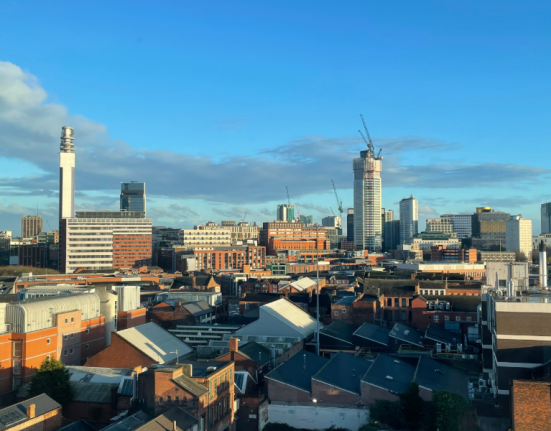Resolution Foundation warns of weakening market
Unemployment in the UK is on course to climb to 5% in the three months to August, the highest level since early 2021, according to analysis by the Resolution Foundation.
The think-tank said the jobs market was deteriorating rapidly, with hiring slowing across sectors.
The official unemployment rate stood at 4.7% in the second quarter, but the Resolution Foundation’s model – drawing on indicators such as job vacancies, wages, company surveys and jobless benefit claims – suggests further increases are imminent.
Employers blame higher costs
Many businesses have pointed to Chancellor Rachel Reeves’ decision to raise employer national insurance contributions, alongside a higher national living wage, as factors weighing on recruitment. With vacancies falling, particularly in retail, hospitality and wholesale, companies appear to be adopting a hiring freeze rather than resorting to redundancies.
Gregory Thwaites, research director at the Resolution Foundation, said: “Unemployment has not yet peaked. The ongoing loosening of the labour market appears to be taking the form of a hiring freeze rather than a firing spree, but this is still bad news for jobseekers as vacancies look set to continue being scarce.”
Central bank dilemma
The Bank of England faces a difficult balancing act as it weighs a weakening jobs market against persistent inflation.
The Monetary Policy Committee only narrowly voted to reduce interest rates to 4% earlier this month. Governor Andrew Bailey said the direction of rates “continues to be downward” but added there was now “genuine uncertainty” given risks of both inflation overshooting and growth undershooting.
Data reliability questioned
The analysis also highlights shortcomings in official labour market data, which has been undermined by falling responses to the labour force survey. While the Resolution Foundation said current unemployment figures were broadly accurate, it argued that other measures such as employment and inactivity were giving misleading signals.
Labour market inactivity is estimated by the think-tank at 21%, broadly consistent with official figures, but it believes inactivity has risen over the past two years rather than fallen, as official data suggests. This discrepancy reflects wider concerns about the Office for National Statistics, which has faced criticism for “deep-seated” issues in its reporting.
Pay puzzle
Despite signs of weakening, wage growth remains robust. Average pay is rising at about 5%, roughly a percentage point faster than the Resolution Foundation’s models predict. This “puzzle” complicates the Bank of England’s task, as strong wage growth risks fuelling inflation even as the jobs market cools.
The think-tank’s findings come against the backdrop of modest economic expansion, with GDP growing 0.3% in the second quarter. However, with unemployment rising, hiring slowing and confidence in official data shaken, policymakers face a challenging autumn.
As the Resolution Foundation warns, the outlook is one of a softer labour market, fewer vacancies, and more uncertainty for workers. If the forecast of 5% joblessness proves correct, it would mark a turning point for the UK economy just as it seeks to cement recovery from the pandemic.







